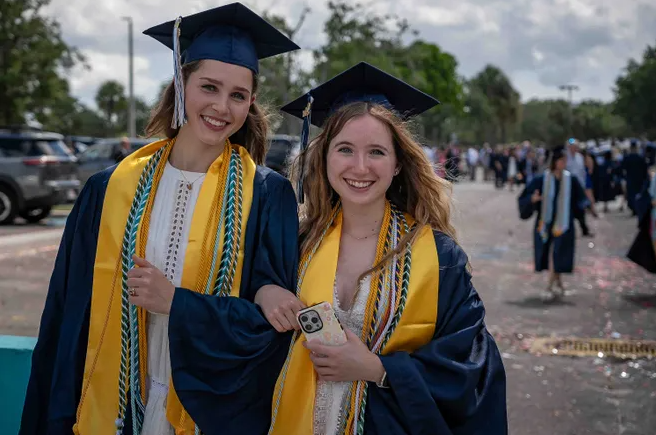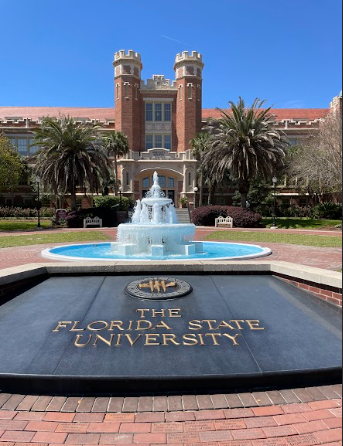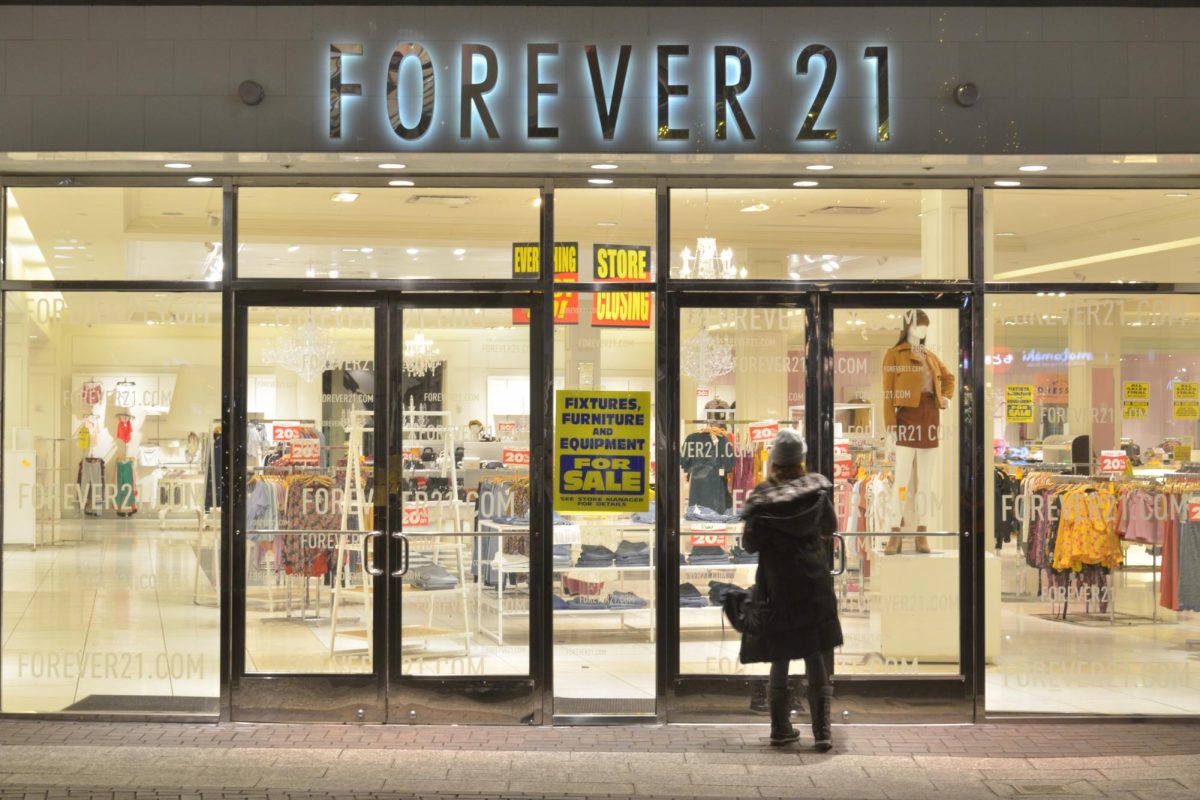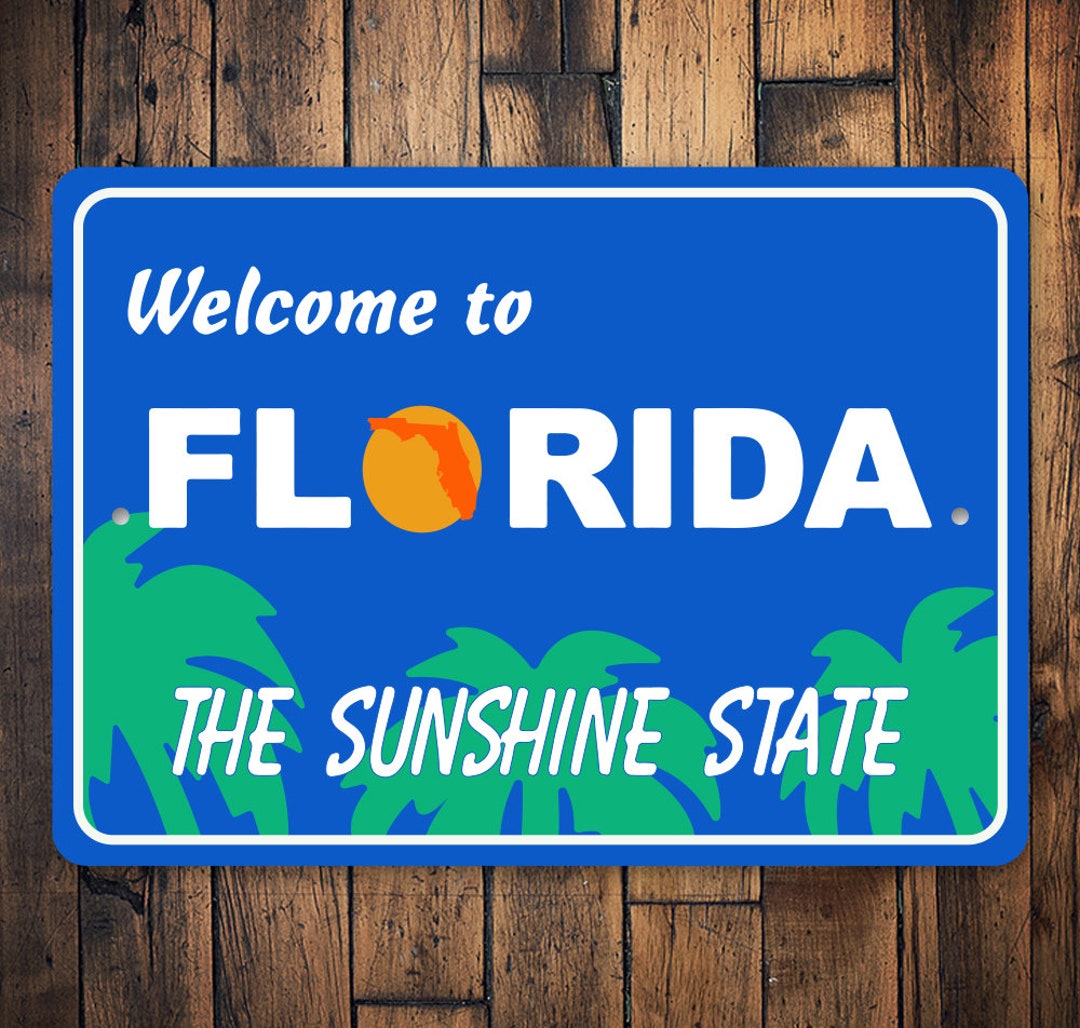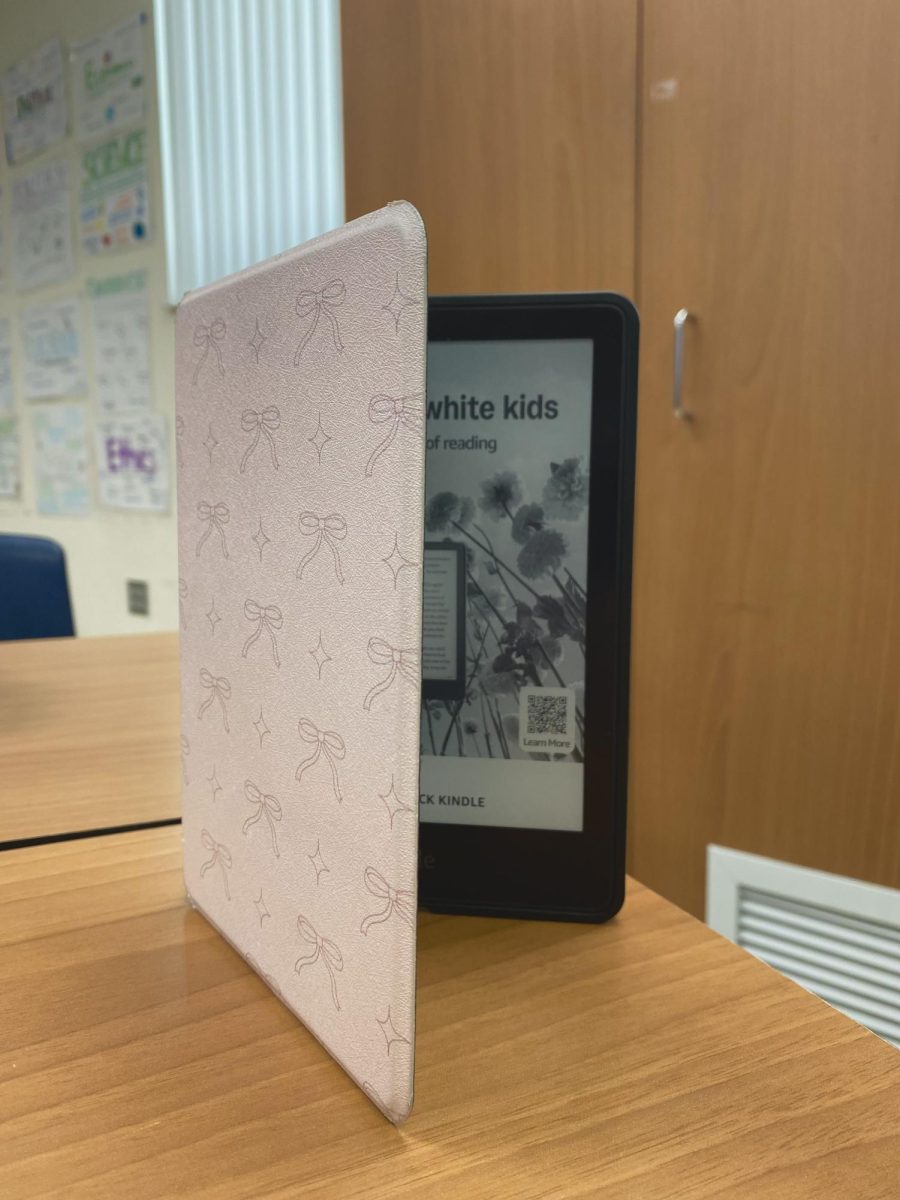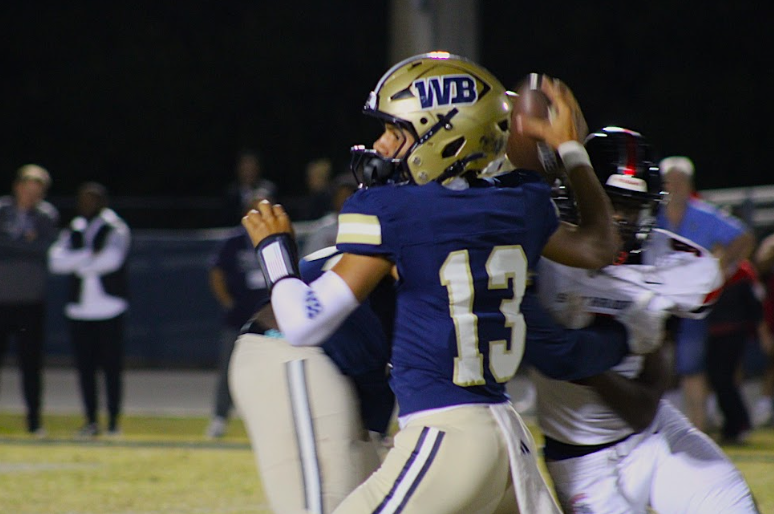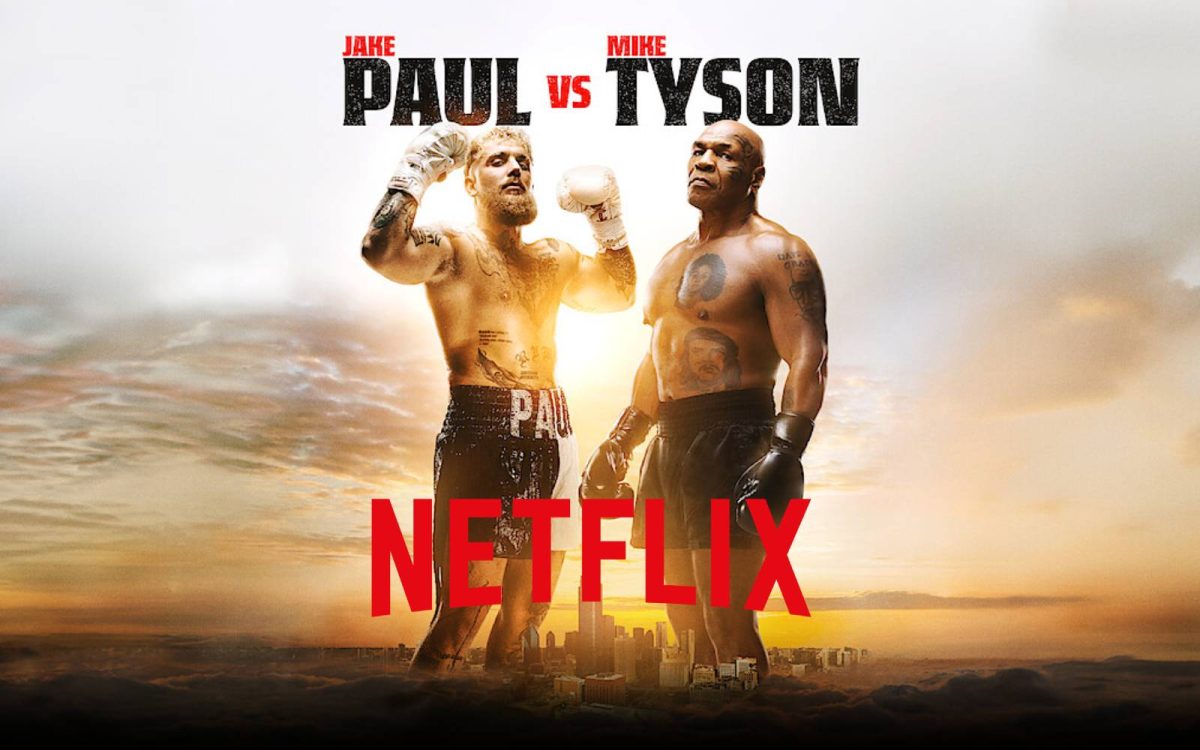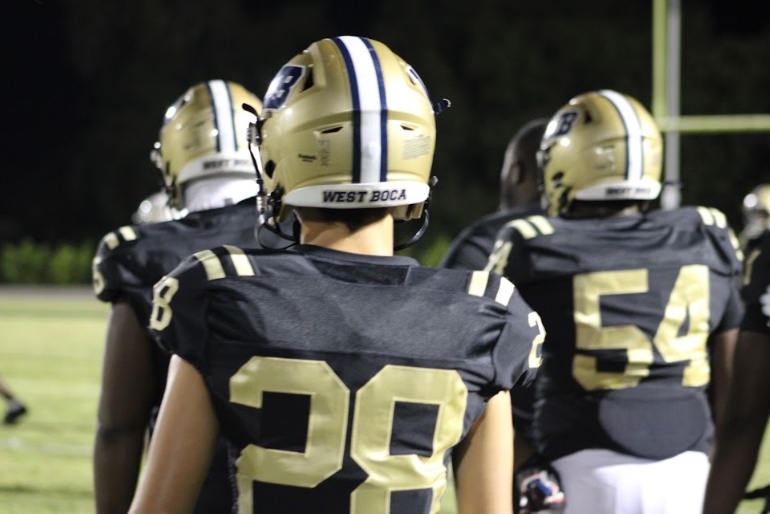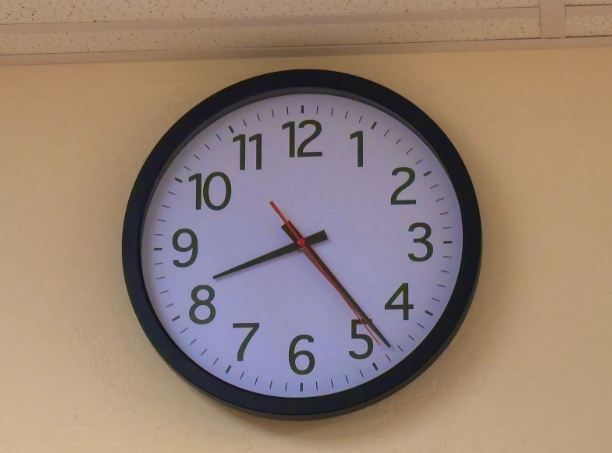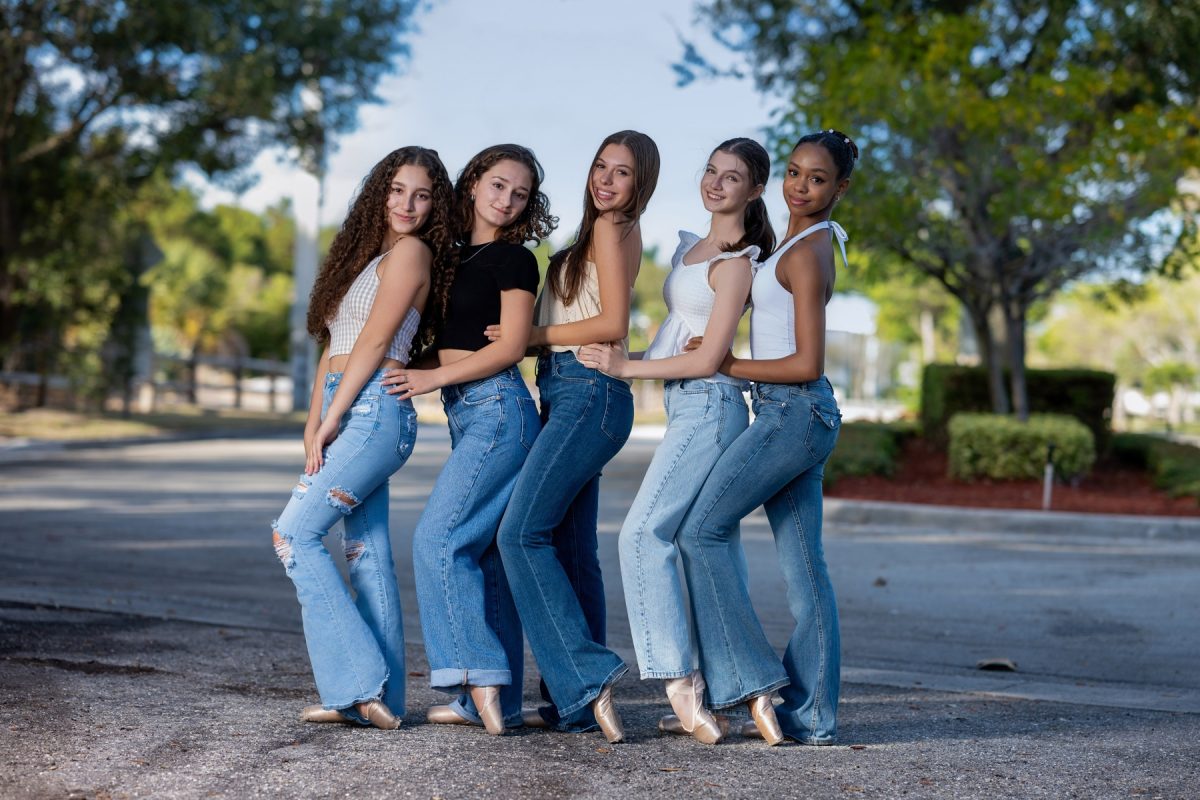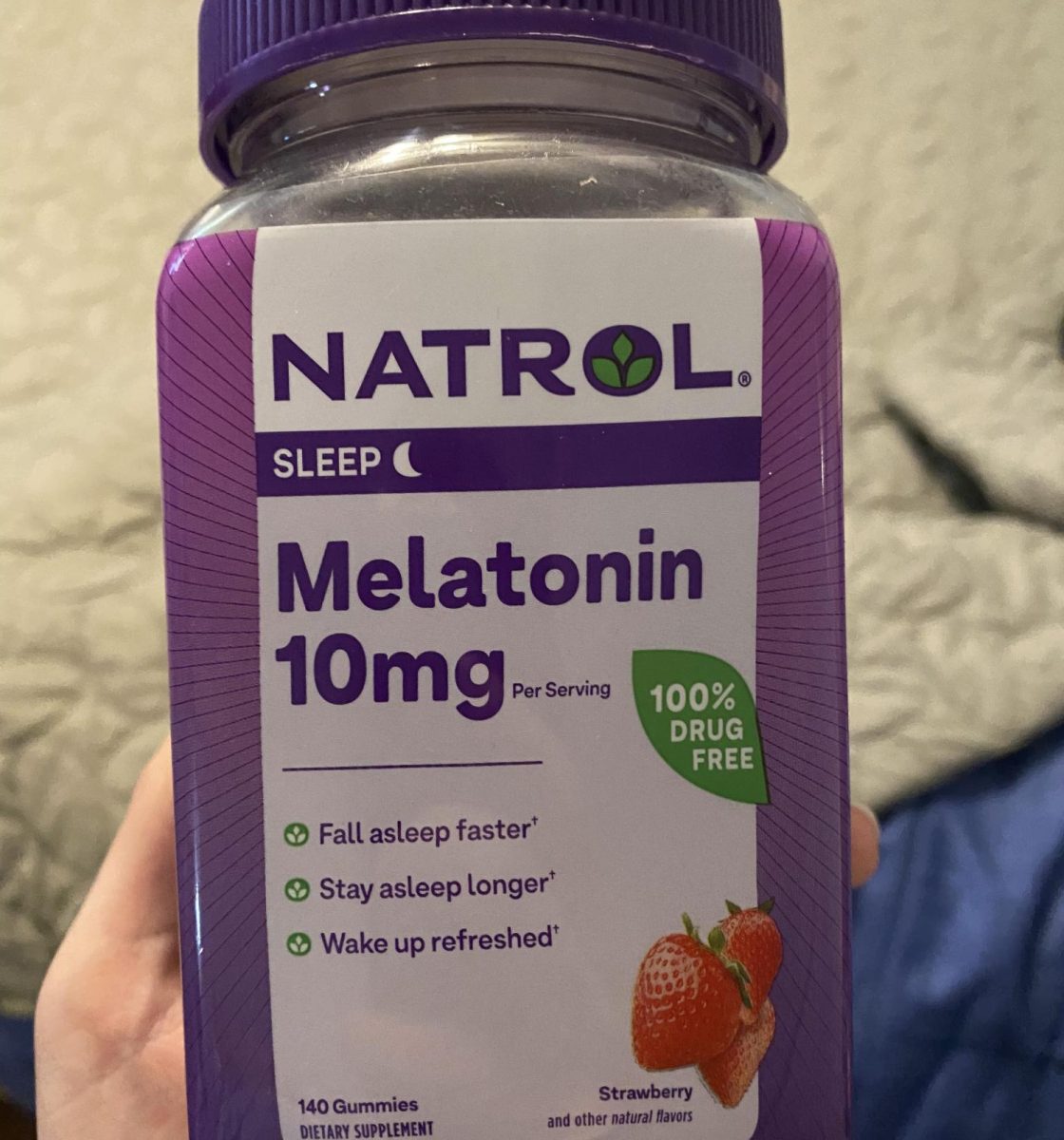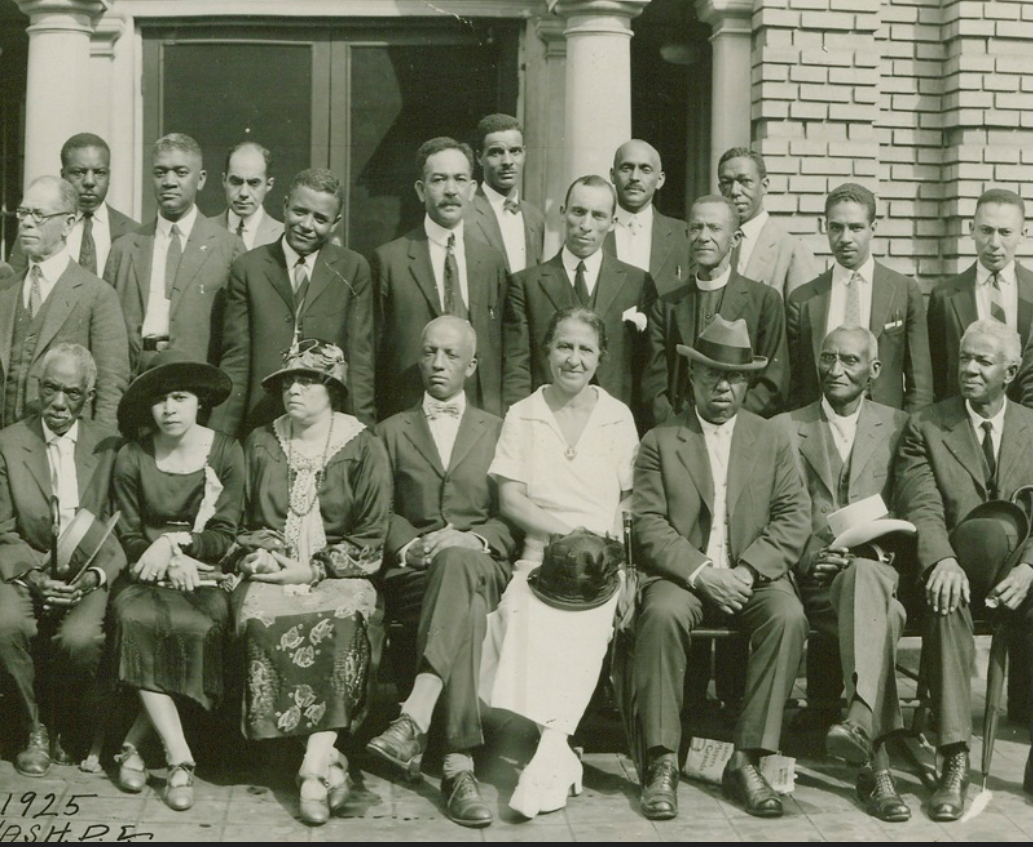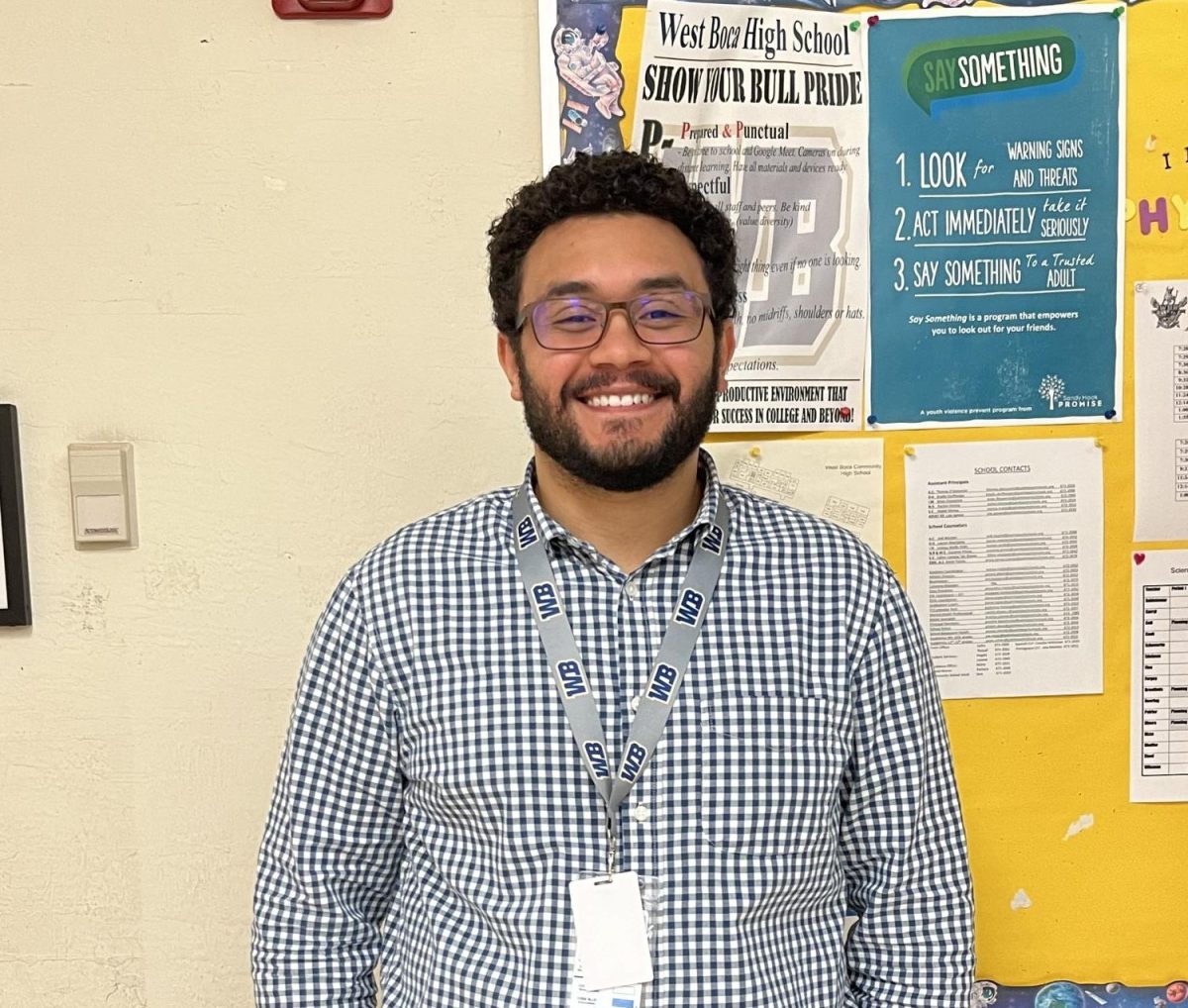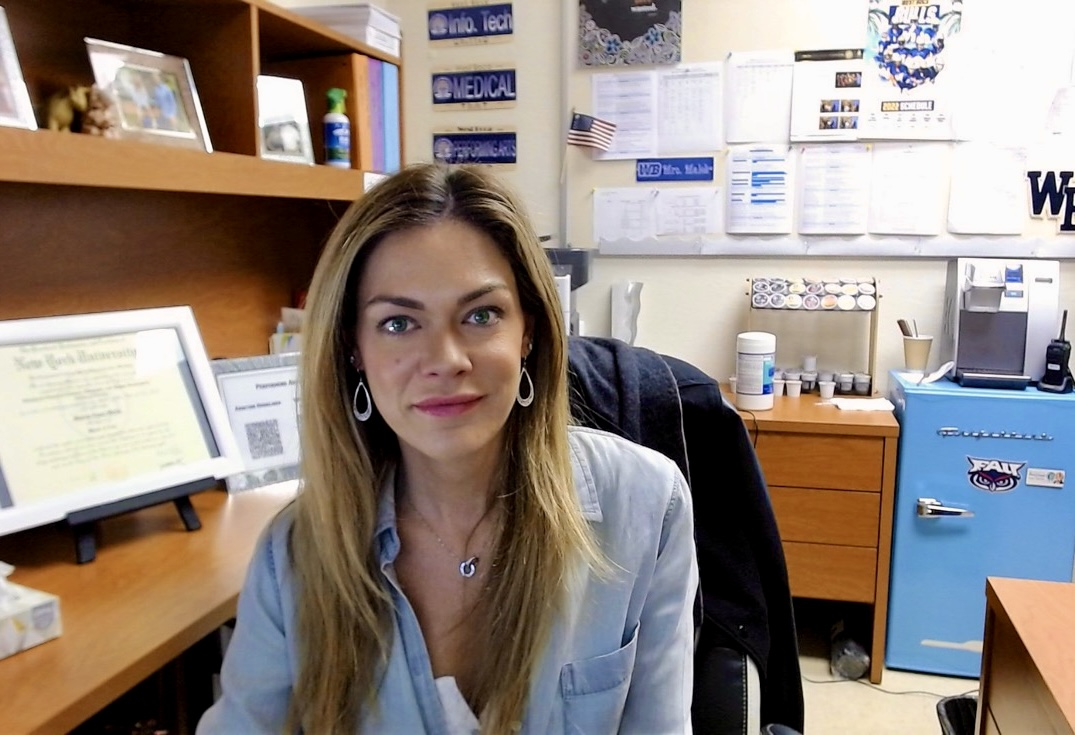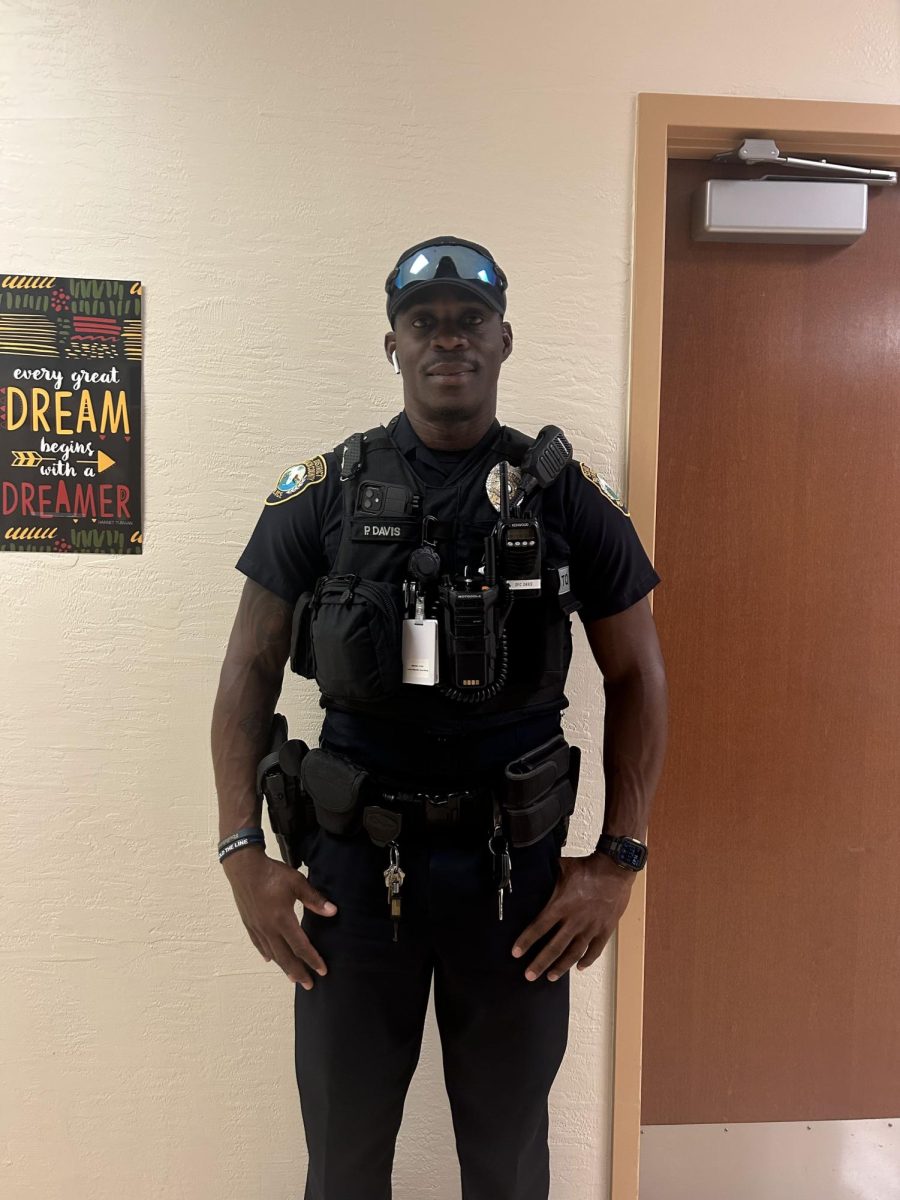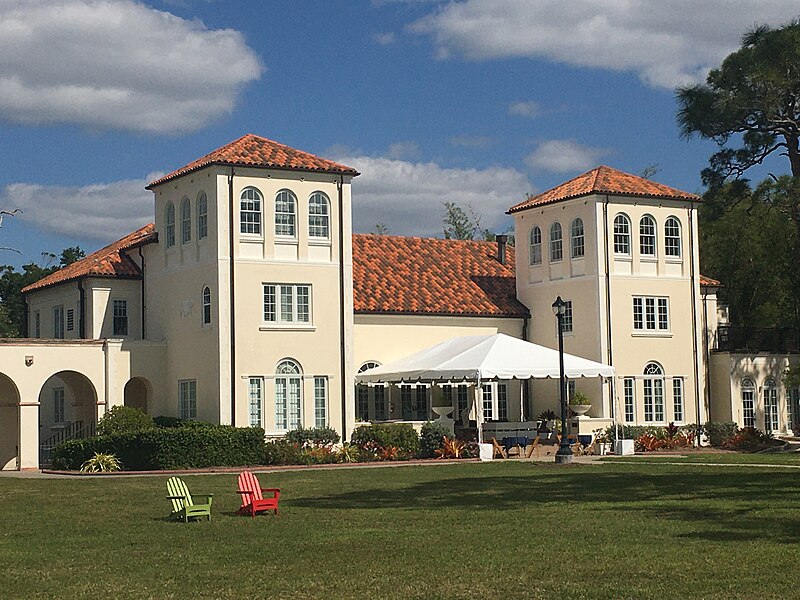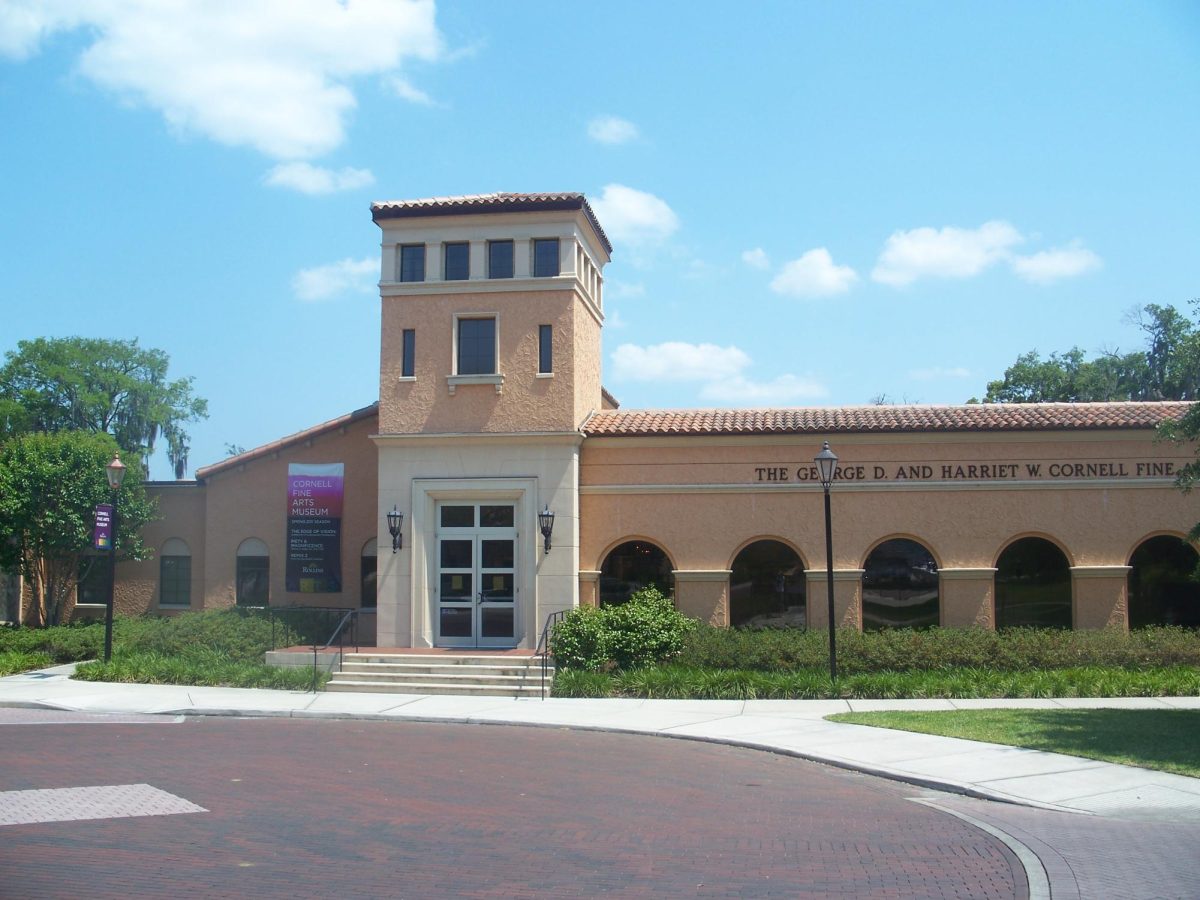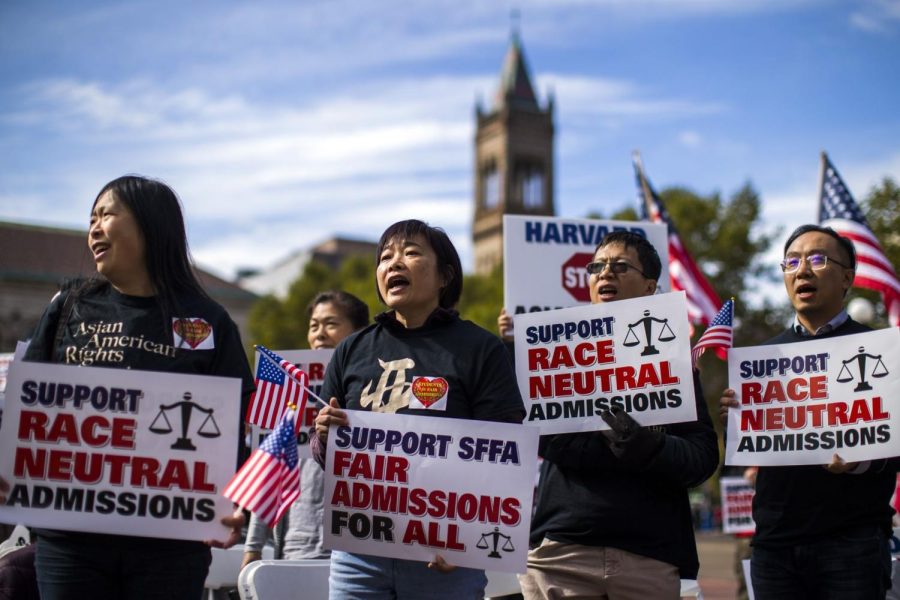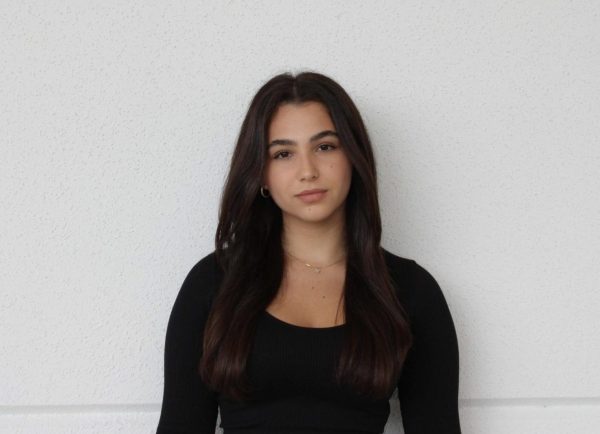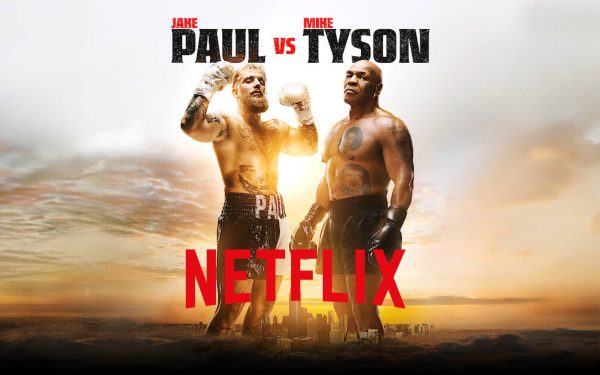Arguing Affirmative Action
December 14, 2022
In 1978, the very first affirmative action case made its way up to the Supreme Court. Allan Bakke was rejected twice from the University of California Medical School at Davis. Having exceptional test scores and a GPA that matched that of the school’s requirements, his repeated rejection came as a surprise. Bakke’s stats also exceeded that of previously accepted minority applicants. In fact, it was found that UC Davis actually created a racial quota which reserved sixteen spots out of the 100 solely for minorities. Regents of the University of California v. Bakke was a landmark case as it decided racial quota systems for college admissions violated both the Civil Rights Act of 1964 and the 14th Amendment’s equal protection clause. Although this seemed to settle the argument, today scholars and institutions all over the world are still torn on whether race-conscious admissions are lawful. Even the Supreme Court has proven to remain unsure when a new case was brought before them just this October. Students for Fair Admissions, Inc. v. President and Fellows of Harvard College is the lawsuit that reignited this debate almost 50 years later.
The Harvard case deals with the alleged discrimination of Asian American applicants. The plaintiff, Students for Fair Admissions Inc. (SFFA), claims that Harvard has established a “soft” racial quota- keeping the number of Asian students low relative to their rise in applicants. According to individual comments found in applications, Harvard admissions officers deemed Asian Americans to have the worst personalities. They were said to lack traits such as likability, positivity, courage, and the ability to be respected. Nonetheless, they had the best academic ratings; whereas the opposite was true for African American applicants. One of the testimonies supporting SFFA alleged that an Asian American with a 25% likelihood to be admitted equates to a 36% chance if they were white, 77% if Hispanic, and 95% if African American.
Now Harvard argues that they have not been discriminatory because considering race is completely lawful through admission philosophy. The university says that amongst their 60,000 applicants, many are qualified on the basis of GPA and standardized test scores, so they have to look at other factors. Besides, the personal score, “reflects a wide range of valuable information in the application, such as an applicant’s personal essays, responses to short answer questions, recommendations from teachers and guidance counselors, alumni interview reports, staff interviews, and any additional letters or information provided by the applicant,” as stated by Harvard’s testimony. Overall, the university stresses that its main priority is establishing diversity among its student body while maintaining its esteemed reputation for excellence and prestige, yet without affirmative action and other race-conscious admission tactics this cannot be achieved.
Although the Supreme Court’s decision will not be final until the spring or summer of next year, the district court decided in favor of Harvard following a fifteen-day bench trial. Expectedly, SFFA appealed and now future applicants and universities await a ruling that will change the course of college admissions.

